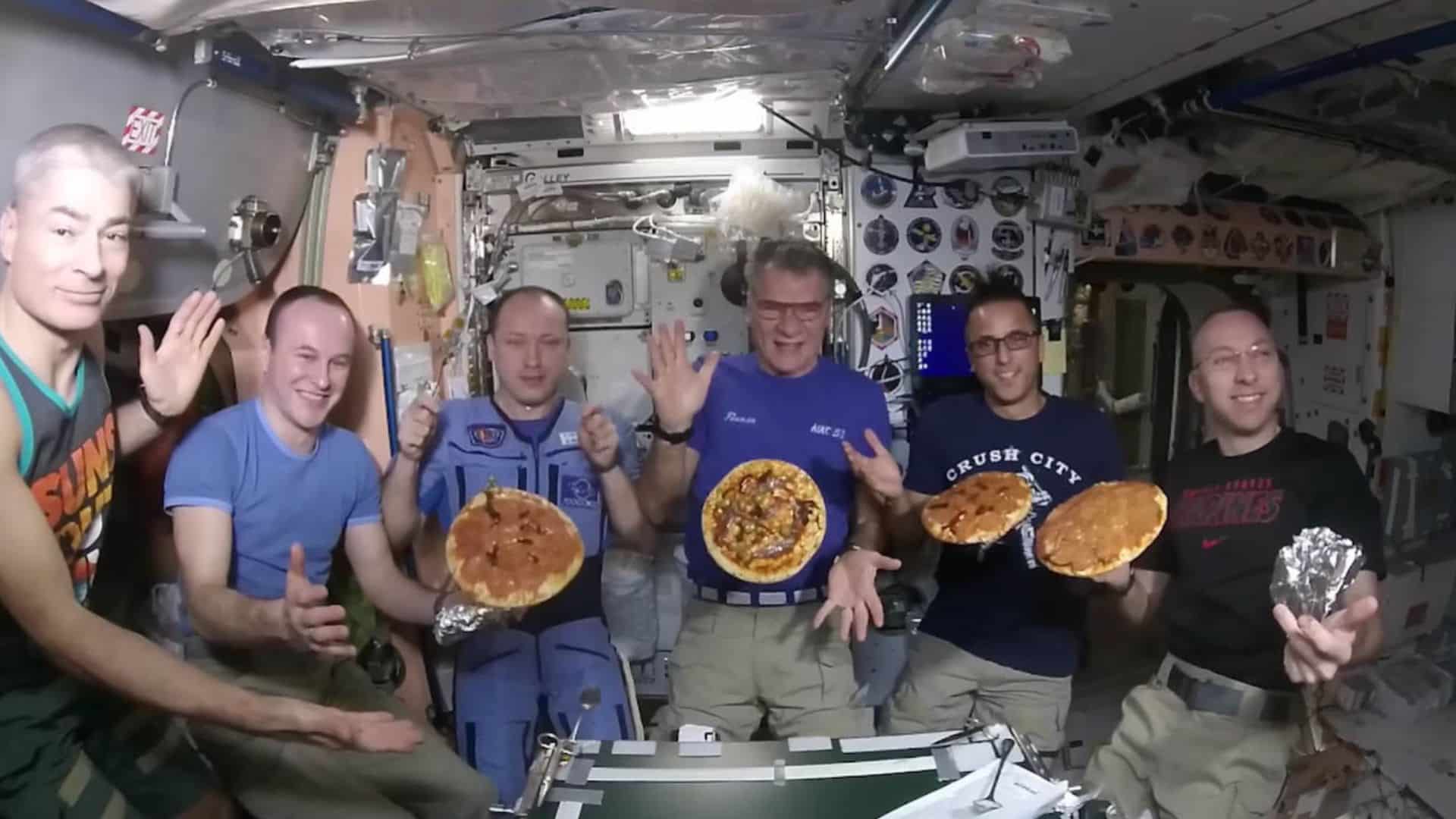
When we say “weird” space food, we don’t mean it’s alien—we mean it’s the kind of thing that makes you do a double take here on Earth. From floating coffee balls to sandwiches that defied protocol, astronauts have eaten some truly unexpected things in orbit. But behind every unusual menu item is a purpose: to solve a problem, spark joy, or satisfy curiosity. Here’s a closer look at the most surprising bites ever sent beyond our atmosphere.
A Brief History of Food in Space
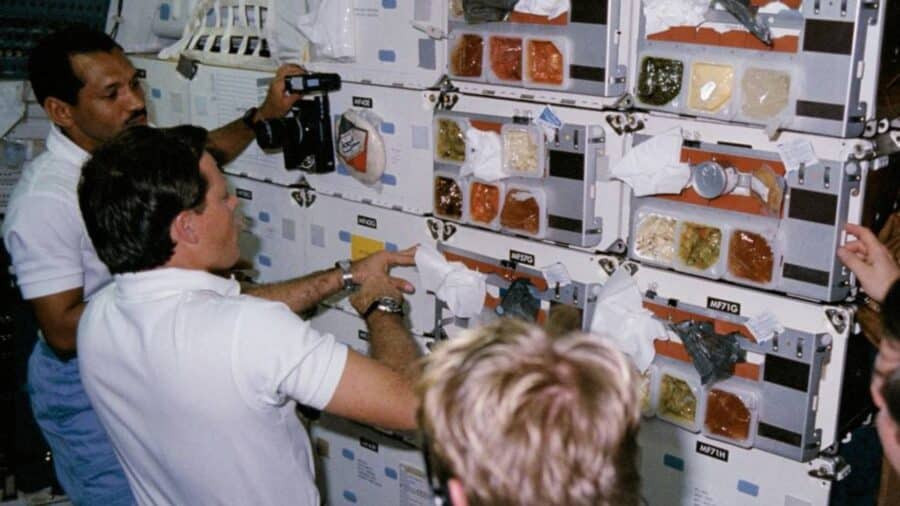
When astronauts first went to space in the 1960s, meals looked more like toothpaste than dinner—purees in tubes and bite-sized cubes. It wasn’t exactly appetizing, but it got the job done. Over time, NASA and other space agencies improved both taste and texture, developing thermostabilized, freeze-dried, and vacuum-packed meals.
Today, astronauts can enjoy a surprisingly wide variety of dishes, proving space food has come a long way since those early, unappetizing beginnings. And along the way, some truly unexpected foods have found their way into orbit.
Liquid Salt and Pepper

In zero gravity, shaking salt and pepper onto your food isn’t just messy—it’s a potential hazard. Floating particles can get into equipment or astronauts’ eyes and lungs.
To solve this, NASA developed liquid versions of salt and pepper, dissolving them in water and vinegar, respectively. Astronauts can squeeze out a few drops to season their meals safely.
It’s a clever workaround that proves even the tiniest details matter when dining in space.
Freeze-Dried Ice Cream
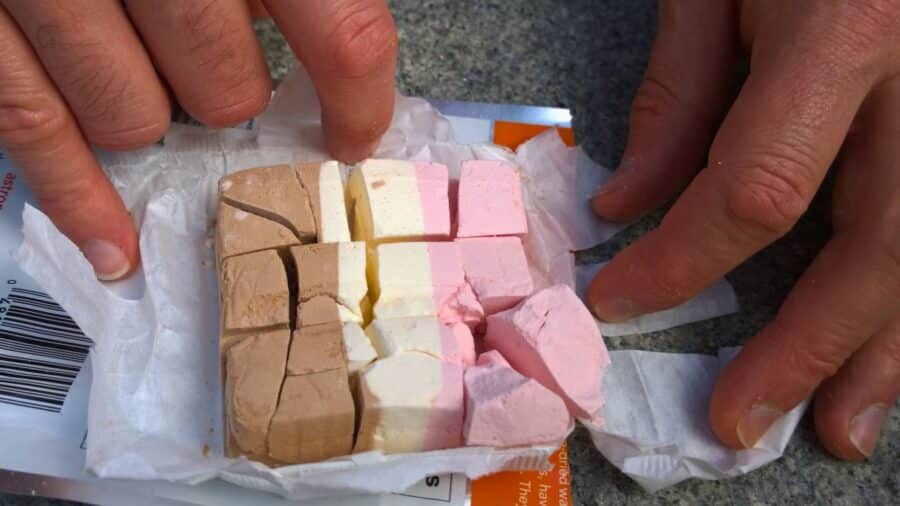
Also known as “astronaut ice cream,” this nostalgic snack was developed during the Apollo missions. It’s exactly what it sounds like—real ice cream that’s been freeze-dried into a crumbly, shelf-stable form.
While it’s often marketed as a space treat, many astronauts say it rarely makes it into actual missions due to its crumbly texture. Still, it remains one of the most iconic (and quirky) space foods to ever capture the public’s imagination.
Gelatin-Coated Snacks and Sandwiches
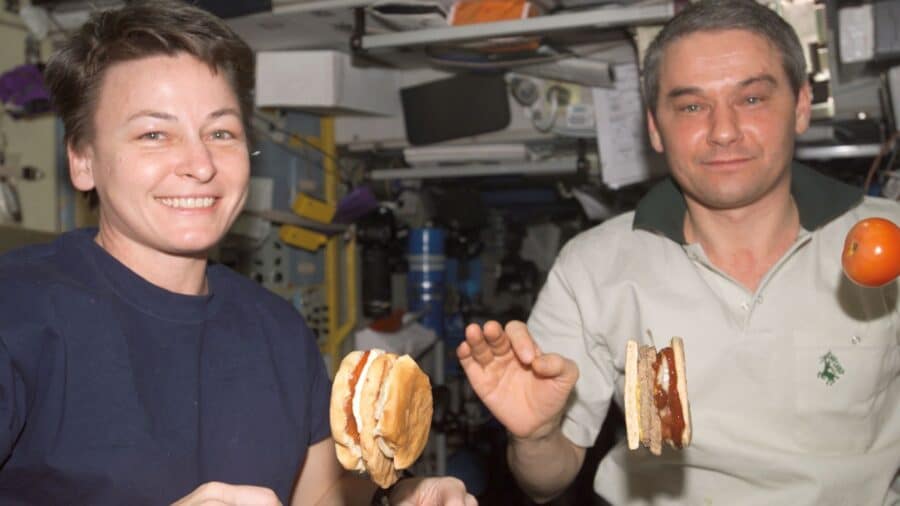
To prevent crumbs from floating around and damaging equipment, early space missions experimented with coating food in gelatin. This included everything from sandwiches to cake cubes.
The coating kept food intact and made it easier to handle in microgravity, but it didn’t always win points for taste or texture. Let’s just say the concept didn’t stick around, but it was a creative solution to a uniquely space-bound problem.
Shrimp Cocktail
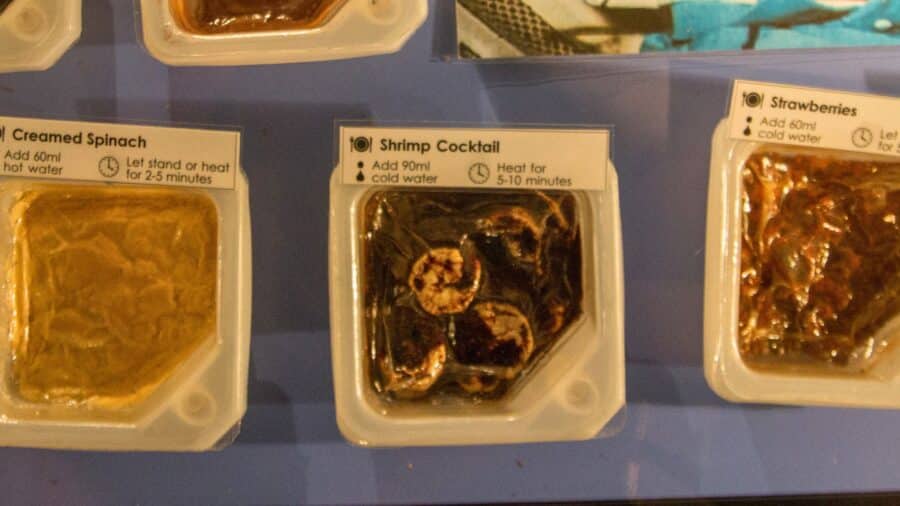
Shrimp cocktail has surprisingly been a long-time astronaut favorite. Not only is it easy to package and hydrate, but the zesty horseradish-laced sauce provides a strong flavor kick, which is much needed in space, where taste buds tend to dull due to fluid shifts in the body. It’s one of the few dishes that’s consistently made the cut across missions, proving that even in orbit, a little spice goes a long way.
Floating Coffee Balls
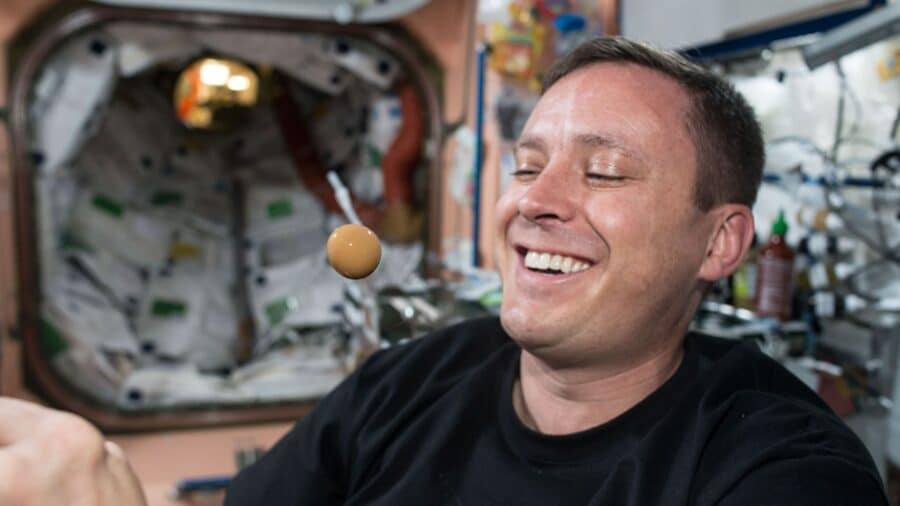
In microgravity, sipping coffee from a cup just doesn’t work—so astronauts have gotten creative. One solution? Drinking coffee in the form of floating, gelatinous balls.
Contained in special pouches or spheres, these coffee orbs can be sipped through straws or even “caught” in mid-air. It may sound odd, but for many astronauts, getting that caffeine fix, no matter the form, is essential.
Irradiated Meat

To ensure meat stays safe and shelf-stable in space, NASA turned to irradiation. This process uses ionizing radiation to kill bacteria and preserve the meat without the need for refrigeration.
It might sound intense, but irradiated beef or chicken allows astronauts to enjoy familiar proteins without the risk of foodborne illness—an essential factor when you’re far from the nearest hospital.
Brewing Yeast in Space
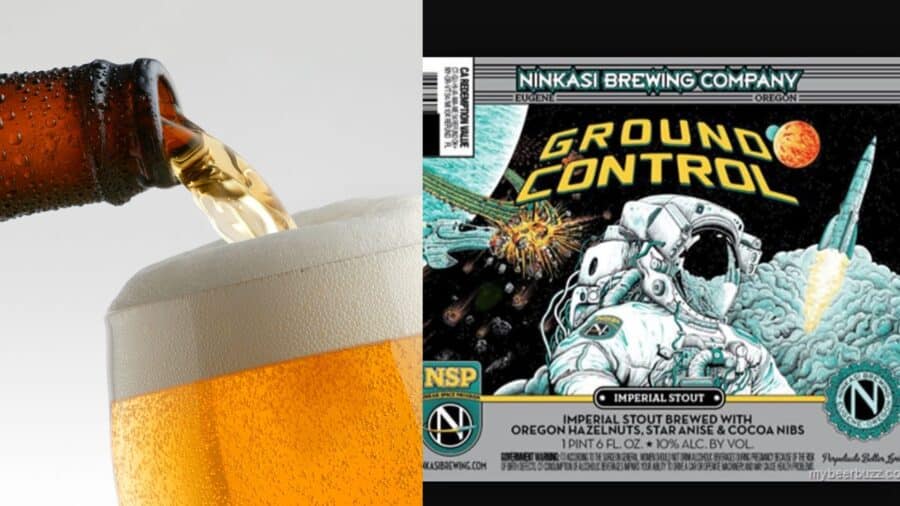
Fermentation has officially gone interstellar. Breweries like Ninkasi in Oregon and a sake company in Fukushima have sent yeast into orbit, then used it back on Earth to craft “space beer” and “space sake.”
While it’s more of a marketing and research move than an astronaut happy hour, these projects explore how cosmic conditions affect yeast behavior—possibly paving the way for future fermentation in space colonies.
Pizza Delivery to the ISS
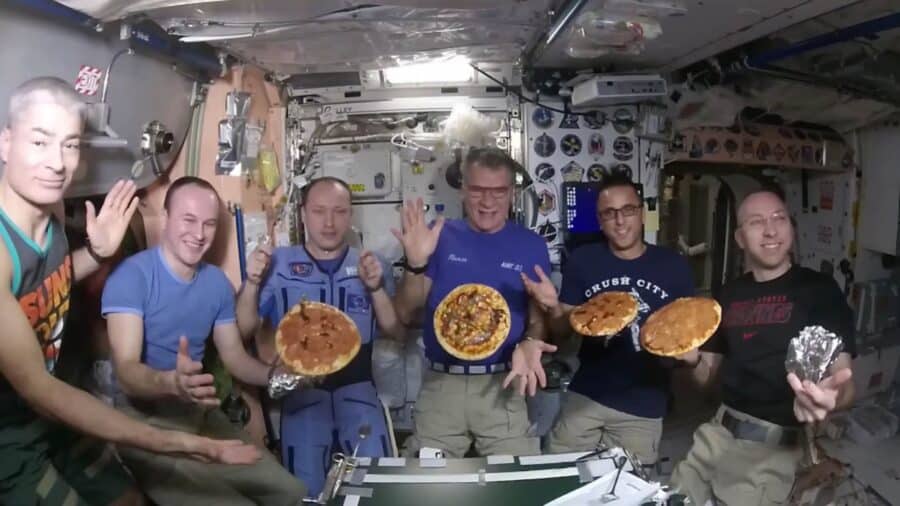
Yes, Pizza Hut really delivered to space. In 2001, they teamed up with the Russian space agency Roscosmos to send a salami-topped pizza to the International Space Station.
It cost a cool $1 million and had to be heavily modified to meet space food requirements, but it still counts as the first official pizza delivery beyond Earth. Talk about out-of-this-world service.
Corned Beef Sandwich (Smuggled!)

Astronaut John Young once snuck a corned beef sandwich onto the Gemini 3 mission in 1965 against protocol.
The stunt was meant as a lighthearted moment, but crumbs floating around in zero gravity quickly turned it into a safety concern.
The sandwich was stashed away after a few bites, but it remains one of the most infamous meals in NASA history.
Boiled Mackerel in Miso
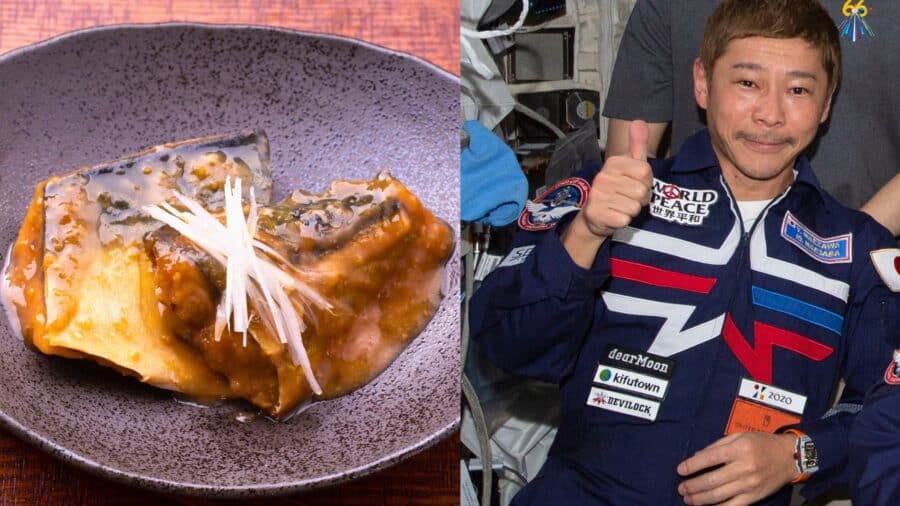
In 2021, Japanese billionaire Yusaku Maezawa brought comfort food to new heights (literally) by taking traditional Japanese dishes like boiled mackerel in miso to the ISS.
It wasn’t just for novelty; culturally familiar food helps astronauts cope with homesickness and maintain morale during long missions. Turns out, a warm bowl of miso can be grounding even when you’re orbiting Earth.
Spirulina Supplements
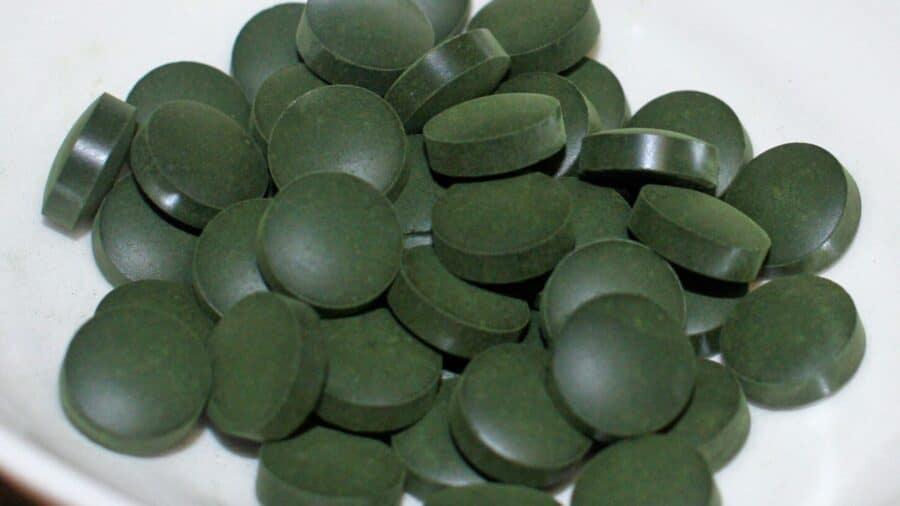
Spirulina, a nutrient-dense blue-green algae, has earned its place in space pantries thanks to NASA’s recognition of its benefits. It’s packed with protein, vitamins, and minerals, making it ideal for sustaining astronauts on extended missions. Plus, its potential to be grown in closed-loop systems means it could support future long-term space travel or even Mars colonization.
Recycled Urine Water
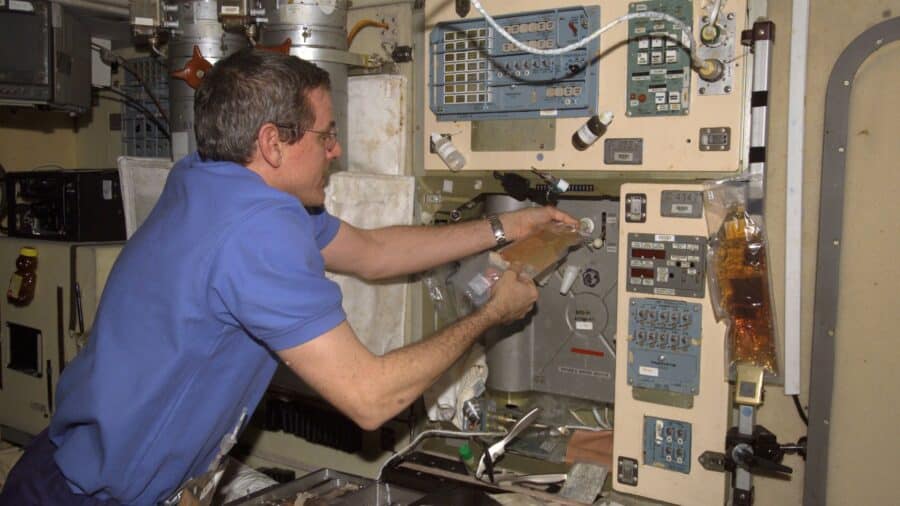
Here’s where things get really weird (and resourceful): astronauts drink recycled urine. Thanks to advanced filtration systems on the ISS, wastewater, including sweat and urine, is purified into clean drinking water.
While it may sound unappetizing, this closed-loop system is vital for survival in space, where every drop counts. It’s sustainability at its most extreme.
Out-of-This-World Ingenuity
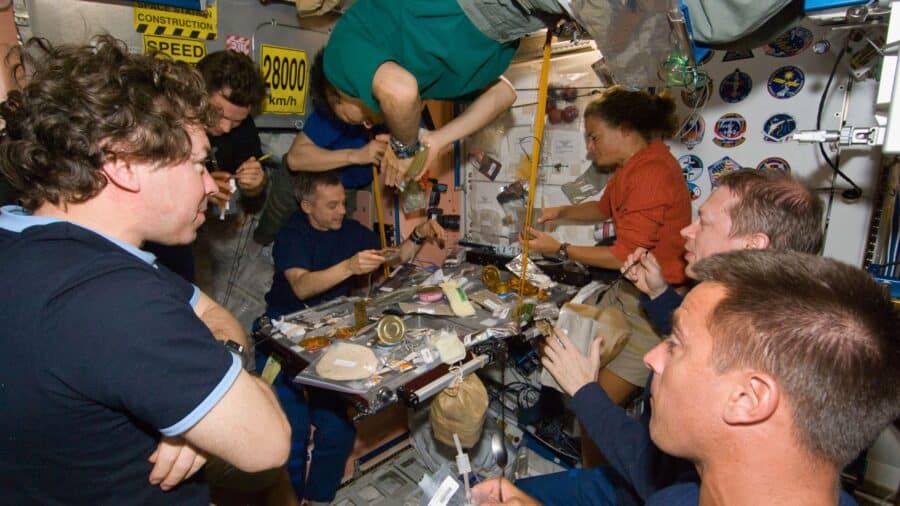
Space food might seem odd at first glance, but every item reflects years of research, problem-solving, and the determination of astronauts and scientists working together.
Whether it’s turning recycled water into hydration or sending yeast to orbit for future food sustainability, these innovations show how far we’ll go to make life in space feel a little more human. It’s not just about eating—it’s about adapting, thriving, and pushing the boundaries of what’s possible
